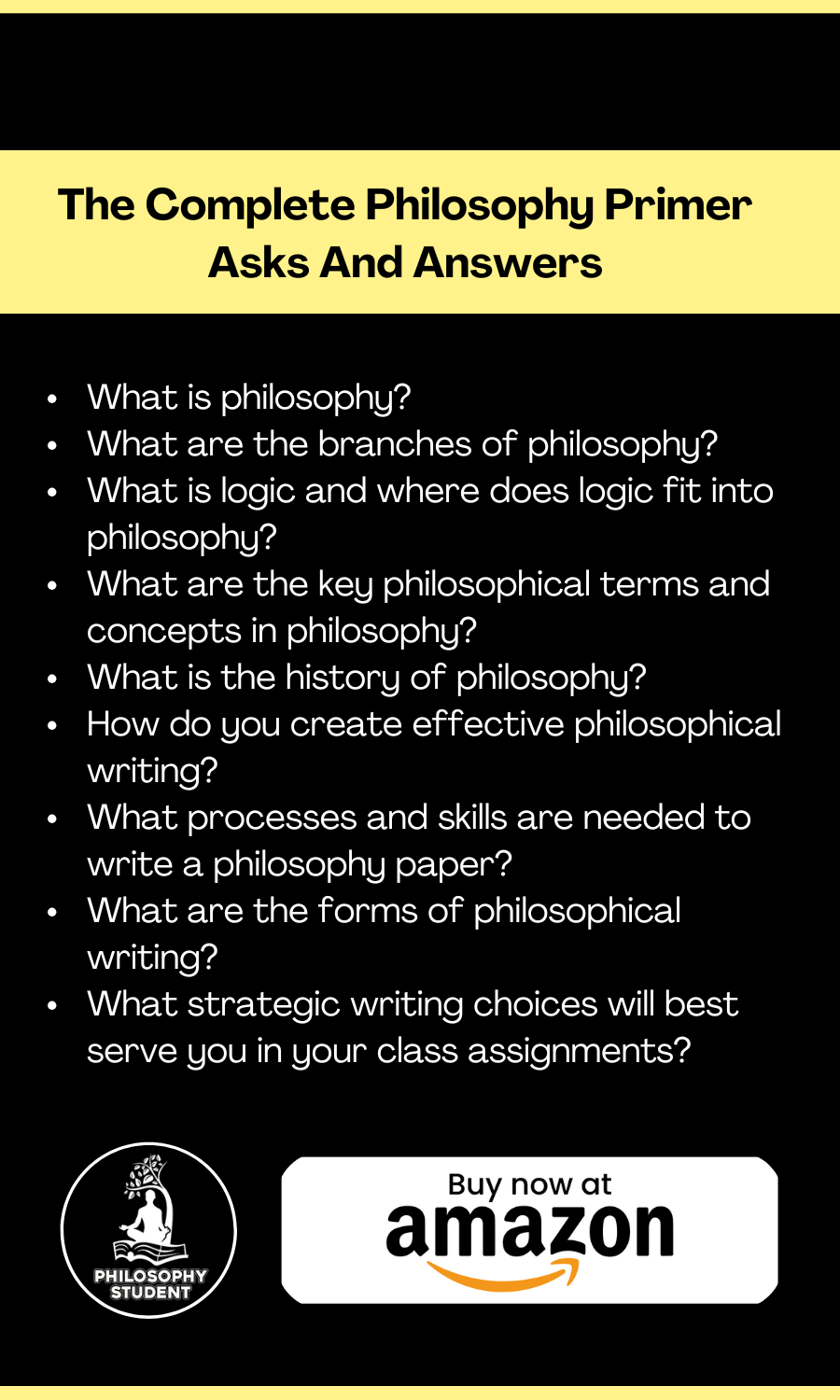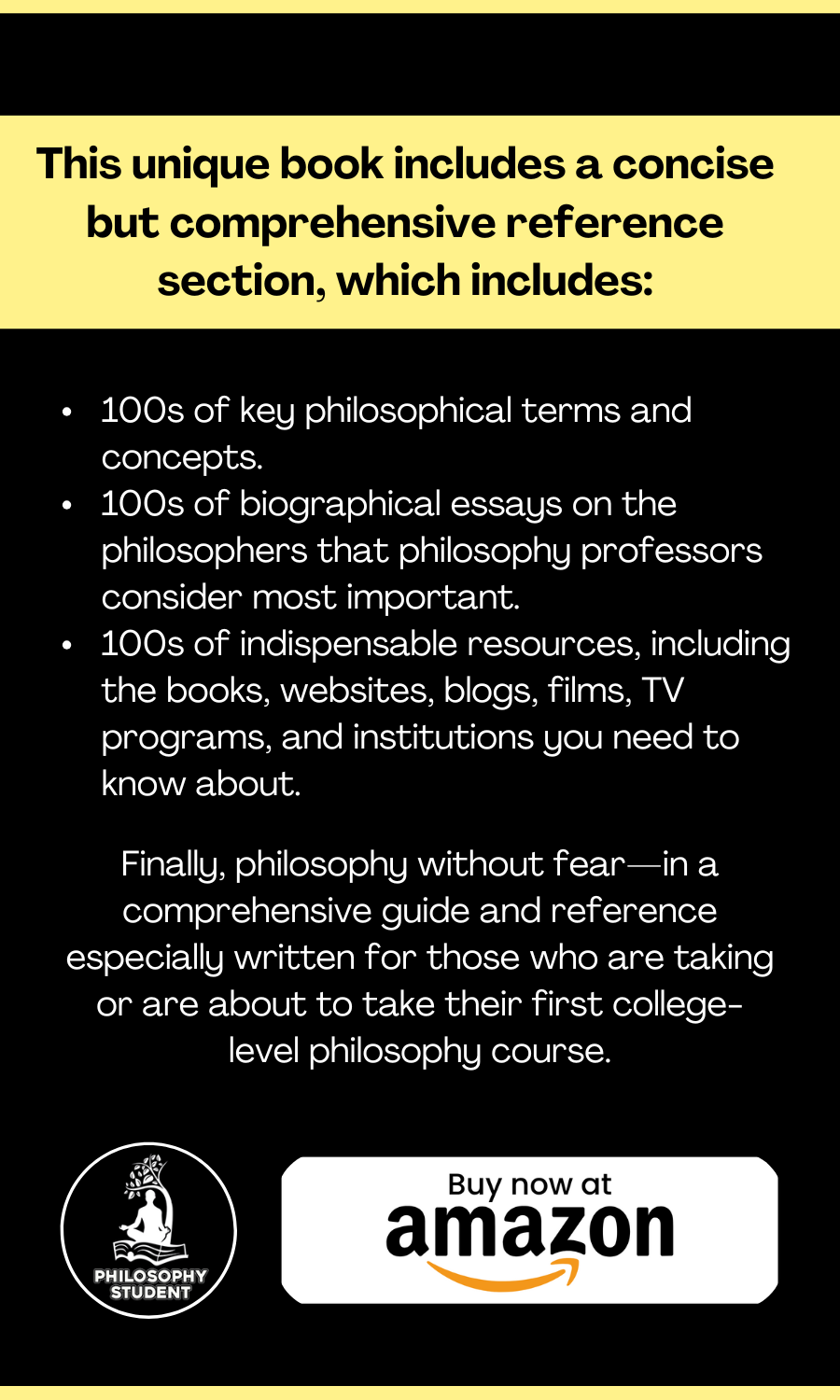The essay of refutation takes the position “I disagree.” Its objective is to persuade the reader that the argument of another is false, flawed, unlikely, implausible, or in some other way objectionable (for instance, unethical). There are three intellectually and philosophically legitimate ways to refute an argument:
- You may attack the content of the argument.
- You may attack the form of the argument.
- You may attack both content and form.
It is usually easier to attack the content of an argument than it is to attack its form. A premise can be factually refuted through research that finds contrary facts, facts that appear either more persuasive, or facts that otherwise show one or more of the premises of the argument under discussion to be false. Arguments that rely on statistics or extensively studied historical facts are most readily refuted by the presentation of research. Where the facts are subject to a range of interpretation, the task of refutation becomes an endeavor to persuade readers of the superiority of your interpretation over the position you are refuting.
To refute an argument based on form requires you to show that, even if the premises are true, the conclusion reached does not necessarily follow from them. Look especially for internal contradictions or the fallacy of equivocation, the bending of language by using a key word or expression in multiple senses throughout the argument. For instance, the word man means an adult male human being and, for most of history, has also been synonymous with a human being or humankind in general, regardless of gneder. So, the following syllogism is equivocal:
- Man alone is rational.
- No woman is a man.
- Therefore, no woman is rational.
In the major premise, “man” is used as a synonym for humankind. In the minor premise, however, the usage stealthily shifts to “man,” in the restrictive sense of male, to “prove” that no woman is rational because no woman is a man (male).
If you were setting out to refute an argument against legal abortion based on the assertion that an embryo is a person, you could attack either the content of the argument, its form, or both. You could marshal facts (based on research) that counter the concept of embryonic personhood by showing that a collection of cells does not exhibit the properties and characteristics of personhood that have historically constituted the definition of a person. You could also argue that merely applying the word “person” to an “embryo” is an instance of equivocation, the arbitrary application of multiple meanings to the same word used in an argument. (This is not to say that a skilled and well-informed opponent of abortion would be
unable to more successfully argue, on some other basis, against abortion or even argue on a moral basis for revising the meaning of “person.”)
Refutation can be difficult, and, like most issues in philosophy, it is rarely absolute. This said, a good refutation must satisfy at least three requirements and, ideally, a fourth as well:
- It must clearly state the question or issue under dispute.
- It must fully and fairly present the point of view you intend to refute. You must be careful to avoid setting up a strawman to knock down.
- It must present your refutation and an argument to support it.
- It should anticipate and refute objections to your position (in #3) based on the point of view you have fairly represented (in #2).




































